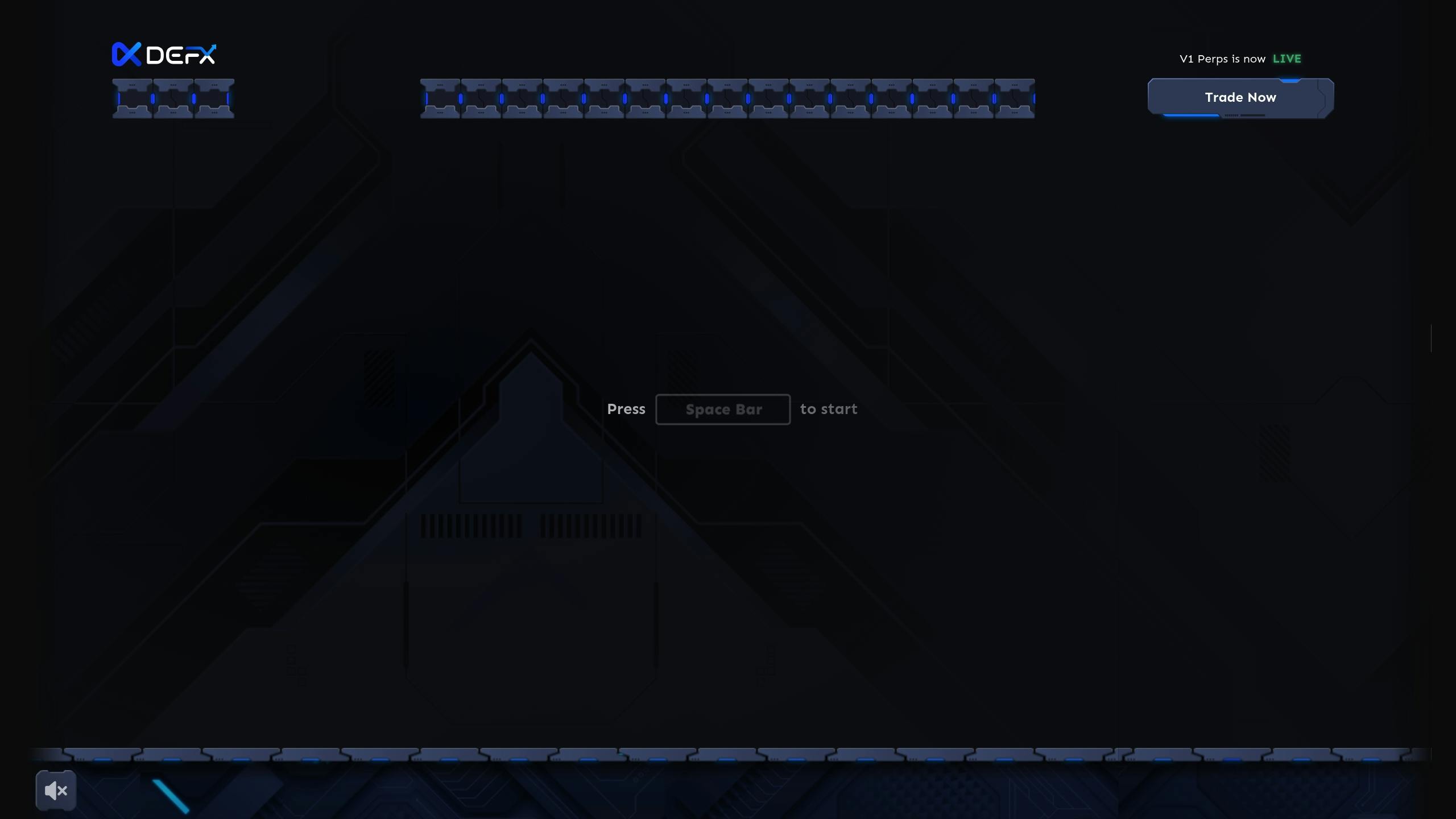Cryptocurrency projects thrive when they retain long-term token holders. But how do you encourage holding in such a volatile market? By designing smart incentives that balance short-term engagement with long-term growth. Here’s a quick breakdown:
Key Strategies:
- Staking Rewards: Offer higher returns for longer lock-up periods.
- Voting Power Growth: Reward long-term holders with greater governance influence.
- Holder Benefits: Provide perks like passive income, dividends, or exclusive access.
- Market Health: Prevent token hoarding and maintain trading volume with mixed incentives.
Challenges to Solve:
- Market Volatility: Frequent price swings lead to sell-offs.
- Project vs. Holder Conflicts: Align interests between teams, shareholders, and token holders.
- Poor Token Economics: Avoid rushed launches and weak reward structures.
Quick Comparison of Incentive Models:
| Model | Purpose | Example |
|---|---|---|
| Time-Based Staking | Rewards for holding longer | Sentinel‘s 12-month rewards |
| Voting Mechanisms | Fair governance participation | Uniswap‘s token voting |
| Reflection Rewards | Passive income from transactions | Popular in DeFi projects |
To succeed, projects must craft layered incentives, align interests, and balance liquidity with retention. Let’s dive into how these strategies work.
Common Problems with Token Holder Retention
Market Volatility Effects
Market volatility poses a major challenge for long-term token holders. Markets typically experience corrections of about 5% three times a year and 10% annually . These price swings often lead to premature sell-offs. Greg Zdzienicki, Client Portfolio Manager, Equities at CIBC Asset Management, highlighted this issue:
"The aggressive three-day correction we just experienced is as much of an anomaly as the calm upward market trend over the past few years."
Because many tokens have smaller market capitalizations compared to traditional assets, they are more susceptible to these short-term price fluctuations. This often pushes investors into trading rather than holding. However, historical data shows that Bitcoin holders who maintained their positions for four or more years have never incurred losses . To counteract this behavior, projects need strong incentive mechanisms to keep holders engaged. Without such mechanisms, the challenges of retaining token holders are only magnified.
Conflicts Between Projects and Holders
A recurring issue is the tension between project teams and token holders, often referred to as the Value Trap Dilemma (VTD). This dilemma arises when projects must balance the interests of traditional shareholders and token holders. Vinny Lingham described it as:
"The VTD is the conflict of interests that occurs when a project is funded by both traditional shareholders and token holders in a network."
This misalignment can take several forms:
| Conflict Area | Impact on Token Holders |
|---|---|
| Profit Focus | Companies may prioritize shareholder returns over token value |
| Token Utility | Poorly designed token economics reduce perceived utility |
| Vesting Periods | Short lockup periods increase selling pressure |
| Development Timeline | Short-term goals often take precedence over long-term ecosystem growth |
To address these issues, aligning stakeholder interests is critical. This can be achieved through well-thought-out vesting schedules and utility models. For example, common vesting periods include:
- 18–36 months for 50–80% of core team allocations
- 12–18 months for investor and liquidity mining distributions
- 6–12 months for service providers
However, even these measures can fall short without proper alignment. Historical data shows the risks: 46% of ICOs launched in 2017 had failed by March 2018 . Many of these projects rushed their token launches without creating solid economic models, further exacerbating the problem.
To retain token holders and ensure project sustainability, projects must resolve these conflicts and design incentives that encourage long-term commitment.
Building Better Token Incentives
Time-Based Staking Rewards
Time-based staking rewards are a practical way to encourage long-term token holding and reduce sell-offs caused by market swings. Many projects use tiered reward systems that offer higher incentives for longer lock-up periods. For example, in April 2021, Sentinel allocated 400 million $DVPN mainnet tokens as bonus rewards to $SENT ERC-20 token holders who staked their tokens for at least 12 months . Over time, participants who stayed committed earned a larger share of these rewards.
Voting Power Growth
Token-based voting systems are shifting to reward long-term holders while ensuring fair governance. Different voting mechanisms are being used to create a balanced distribution of power:
| Voting Mechanism | Benefits | Example |
|---|---|---|
| ve(3,3) Model | Rewards longer stake durations | Time-weighted voting influence |
| Quadratic Voting | Limits dominance by large holders | Encourages fairer decisions |
| Delegated Voting | Simplifies participation | Allows professional representation |
Uniswap is a standout example of governance token use, allowing UNI holders to vote on key decisions like fee adjustments and adding new liquidity pools . Alongside governance improvements, offering diverse rewards helps strengthen long-term engagement.
Holder Benefits and Rewards
Reward structures play a big role in motivating long-term holding. Here are three common approaches:
- Reflection Rewards: Token holders earn passive income from transaction fees .
- Dividend Distribution: KuCoin shares a portion of daily trading fees with its users, while Nexo distributes profits to NEXO token holders .
- Enhanced Utility Access: Platforms provide extra benefits based on how long and how much users hold.
These strategies help create a balanced incentive system, supporting both token economies and loyal participants.
Why are Governance Tokens so Hot?
sbb-itb-dd9e24a
Managing Market Health
Creating a stable token economy means carefully balancing incentives to support long-term token holders while keeping the market stable and liquid. Projects must find the right mix between encouraging people to hold tokens and ensuring there’s enough activity in the market.
Preventing Token Hoarding
When too many tokens end up with a small group of holders, it can disrupt the market. This kind of concentration can lead to price manipulation and lower participation in the network. To address this, many projects use tools like dynamic emission schedules, which adjust token releases based on factors like market conditions and network growth .
| Prevention Strategy | Purpose | Impact |
|---|---|---|
| Dynamic Emissions | Adjusts token release based on market trends | Keeps distribution balanced |
| Tiered Incentives | Rewards holders at different levels | Promotes wider participation |
However, ensuring a fair distribution of tokens is just part of the equation. Active trading is also essential to keep the market healthy.
Maintaining Trading Volume
Active trading is critical for fair pricing and market stability. While rewarding long-term holders is important, projects also need to encourage consistent trading to support the market’s resilience. For example, OKX’s loyalty program rewards regular traders with convertible points, driving ongoing market activity .
To maintain strong trading volumes, projects often use strategies like:
- Mixed Incentives: Combining short-term trading rewards with long-term staking benefits.
- Liquidity Mining: Offering rewards for contributing assets to liquidity pools.
- Adaptive Mechanisms: Using AI to optimize rewards based on current market conditions.
KuCoin, for instance, uses tiered incentive programs to reward both trading activity and long-term engagement . Similarly, Uniswap introduced liquidity mining, which rewards users for adding assets to liquidity pools. This approach has helped Uniswap achieve deeper liquidity without compromising trading activity .
Defx Token Incentive System

Defx encourages long-term engagement by offering a token incentive system that rewards holders with various benefits, including staking, farming, and governance opportunities.
Defx Reward Tiers
DEFX token holders can earn attractive returns across multiple blockchains through staking and farming options:
| Network | Staking APY | Farming APY | Additional Benefits |
|---|---|---|---|
| Ethereum | 12% | – | Early access to anomaly detection for key crypto assets |
| BSC | 24% | Up to 100% | Access to premium trading services |
Defx dedicates at least 0.25% of its monthly revenue to buying DEFX tokens from the open market. This reduces the circulating supply and naturally increases demand . Additionally, token holders enjoy perks that enhance their trading experience, complementing the platform’s reward mechanisms.
These rewards align with Defx’s governance framework, ensuring token holders are actively involved in shaping the platform.
Defx Holder Voting Rights
To address concerns about governance token concentration, Defx has developed a system that encourages active participation. Studies, such as one by the St. Louis Fed, highlight that governance tokens often end up concentrated in the hands of a few investors . Defx takes steps to counter this issue by promoting inclusivity.
Key features of the governance system include:
- Transparent Decision-Making: All governance activities are recorded on-chain, ensuring accountability and transparency .
- Flexible Voting Options: Token holders can vote directly or delegate their voting power to others.
- Influence Over Protocol Changes: Holders can shape major platform decisions and approve protocol updates .
Key Points and Next Steps
Here’s a breakdown of the next steps for creating effective, long-term token incentive programs:
Create Layered Reward Systems
Develop rewards that combine immediate benefits with lasting value. This approach promotes steady growth by offering a mix of incentives.
Introduce Progressive Rewards
Design rewards that grow based on how long tokens are held or the level of participation. For example, a staking model could provide APY rates starting at 5% for flexible staking and going up to 40% for longer lock-up periods. This encourages users to commit for the long term.
Balance Liquidity with Retention
To keep the market healthy while rewarding loyal holders, consider these strategies:
- Vesting and Distribution
- Set lock-up periods for team and investor tokens.
- Plan distribution schedules carefully.
- Monitor how token releases affect the market.
- Supply Management
- Schedule buybacks tied to revenue.
- Use token-burning mechanisms.
- Keep an eye on supply changes.
These steps help maintain a balance between keeping holders engaged and ensuring market activity.
Action Steps for Implementation
| Phase | Action Items | Expected Outcomes |
|---|---|---|
| Planning | Define objectives and metrics | Clear goals for growing token holders |
| Launch | Implement KYC/AML procedures | Lower fraud risk and better compliance |
| Optimization | Monitor key performance indicators | Adjust programs based on real-time data |
| Scaling | Add tiered benefits | Improved retention among token holders |
Transparency is critical. Keep communication open with holders, and adjust incentives as market conditions change. Regular security audits and compliance checks are also essential to ensure the program remains effective and trustworthy.
